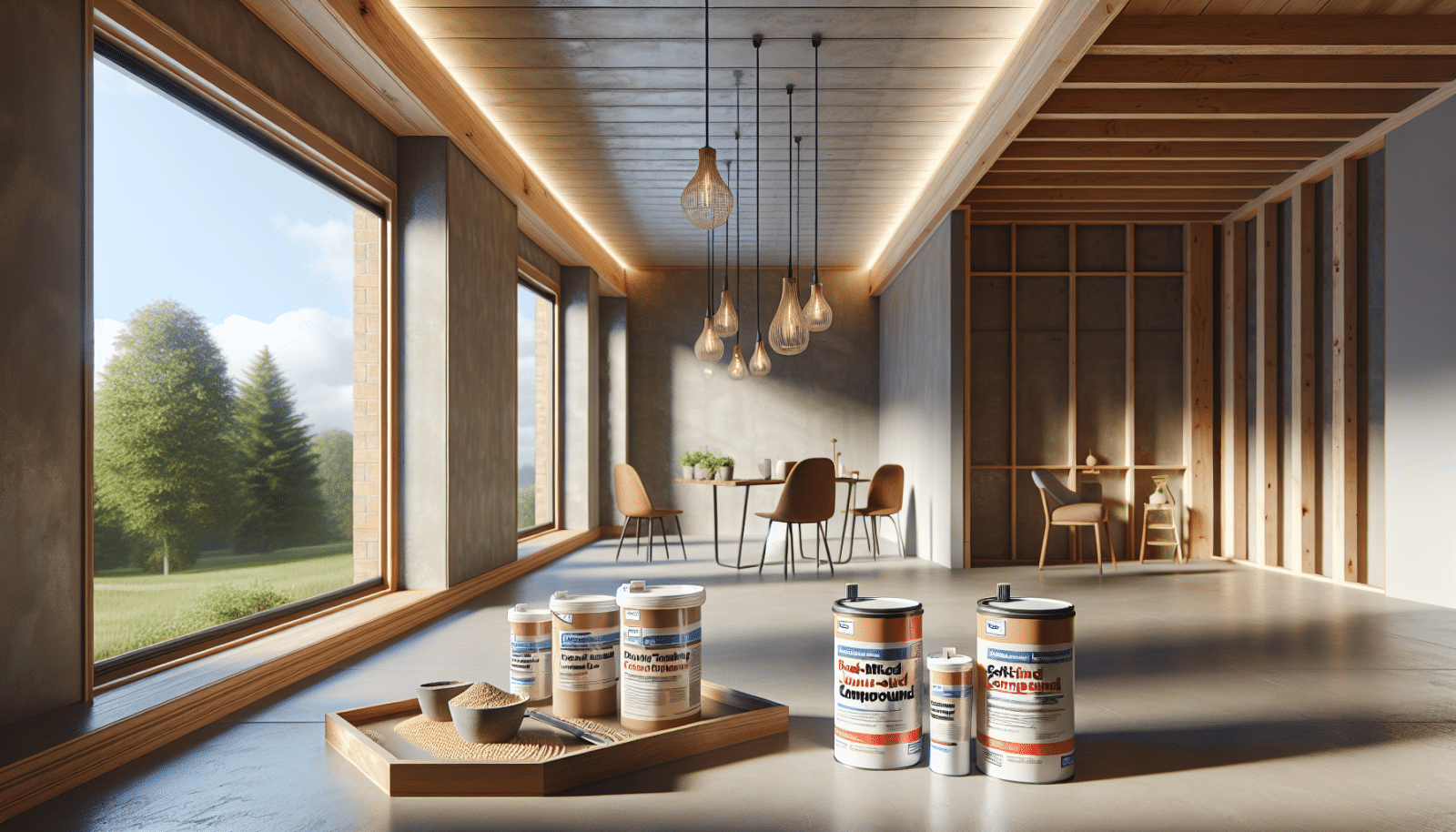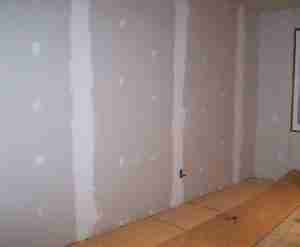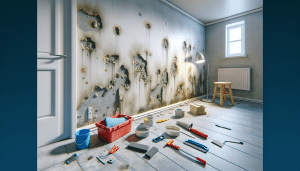Mastering drywall seams can be tricky, and homeowners often struggle with making them look professional. Here at Utah Drywall & Repair, we understand that seamless walls can elevate the look of your home. We’ve put this guide together to walk you through the best joint compound solutions for tackling this common issue. Let’s dive in and help you master those drywall seams!
Contents
- 1 Understanding the Basics of Joint Compound
- 2 Types of Joint Compounds
- 3 All-Purpose Joint Compound
- 4 Lightweight Joint Compound
- 5 Taping Joint Compound
- 6 Topping Joint Compound
- 7 Ready-Mixed vs. Setting-Type Compounds
- 8 Choosing the Right Compound for Your Project
- 9 Application Tips for a Seamless Finish
- 10 Common Mistakes to Avoid
- 11 Final Thoughts
Understanding the Basics of Joint Compound
Joint compound, sometimes known as “mud,” is essential for hiding the seams between drywall sheets. It’s versatile and easy to work with, making it a go-to for both professionals and DIYers. However, knowing which type to use and how to apply it can make all the difference in achieving that flawless finish.
Many homeowners underestimate the importance of quality Mudding. That’s why we’re here to break down different types of joint compounds and their specific uses.
Types of Joint Compounds
To make an informed decision, you should understand the different types of joint compounds available. Each type serves a unique purpose and can help you achieve that perfect finish.
Firstly, there’s the All-Purpose Joint Compound. As the name suggests, it’s a versatile solution suitable for most drywall needs. Then, there are Taping and Topping compounds, designed for specific stages of drywall finishing.
All-Purpose Joint Compound
This is a favorite among many due to its adaptability and ease of use. All-Purpose Joint Compound can be used for all phases of drywall work, from bedding Tape to final coat application.
Why do we love it? It’s pre-mixed, so it’s ready to go straight from the container. It’s great for Patching small holes or cracks, serving as an all-in-one solution for many projects.
Lightweight Joint Compound
Sometimes you need something a little easier to manage. Lightweight Joint Compound is perfect for those looking for a user-friendly option. We recommend this for those who might not have as much experience with drywall work.
What’s the benefit? It weighs less, putting less strain on your muscles and making application smoother. Plus, it sands easier, saving you time and effort in the finishing phase.
Taping Joint Compound
For those specific early stages of drywall installation, Taping Joint Compound is your best friend. As the name suggests, this compound is designed for embedding drywall tape and ensuring a strong bond.
This type of compound is generally higher in adhesive qualities, ensuring the tape stays put. It’s also designed to prevent what’s known as “bubbling,” which can be a common issue with improper taping techniques.
Topping Joint Compound
After the taping is done, you’ll need a compound for the finishing touches. Topping Joint Compound is perfect for this stage. It’s formulated to create a smooth finish that’s easy to sand.
It’s not as strong as taping compounds, but it excels in giving you that polished, professional look. Keep in mind; it should be used as a final coat since it doesn’t adhere well to bare drywall.
Ready-Mixed vs. Setting-Type Compounds
There are two main categories of joint compounds: Ready-Mixed and Setting-Type. Each has its own set of uses and advantages.
Ready-Mixed compounds come pre-mixed, making them convenient and easy to use right out of the bucket. Setting-Type compounds, on the other hand, require mixing with water but offer much faster drying times and reduced shrinkage.
Choosing the Right Compound for Your Project
Selecting the right joint compound is crucial for the success of your project. Here are some key factors to consider:
- Project Size: For smaller repair jobs, an All-Purpose or Lightweight compound will do. Larger projects may benefit from specialized compounds.
- Dry Time: If you’re pressed for time, Setting-Type compounds can speed up the process due to faster drying times.
- Skill Level: DIY beginners might prefer Ready-Mixed options for their ease of use and convenience.
- Finish Quality: If you’re aiming for a flawless finish, Taping and Topping compounds give you control over each stage of the process.
- Budget: High-quality compounds may be more expensive, but they usually deliver better results and fewer headaches.
Application Tips for a Seamless Finish
Applying joint compound effectively is an art form. The smoother you apply it, the less Sanding you’ll need to do later. Always aim for thin, even layers.
Make sure you feather out your edges to blend the seam with the drywall sheet. Patience is key; rushing through the process often leads to more sanding and touch-ups later.
Common Mistakes to Avoid
Even seasoned DIYers can make mistakes when working with joint compounds. The most common include over-sanding, applying layers that are too thick, and not allowing sufficient drying time.
Our advice? Always take your time to let each layer dry completely and sand carefully to avoid removing too much compound. Remember, it’s easier to add more if needed than to repair over-sanded areas.
Final Thoughts
Choosing the right joint compound and applying it properly can make a world of difference in your drywall project. By following our guidelines, you’ll be well on your way to achieving professional-looking seams.
Remember, a little patience and the right tools can go a long way in ensuring your success.
Ready to get started? Contact Us today by phone # 801-406-6350 or Request a Free Quote.




